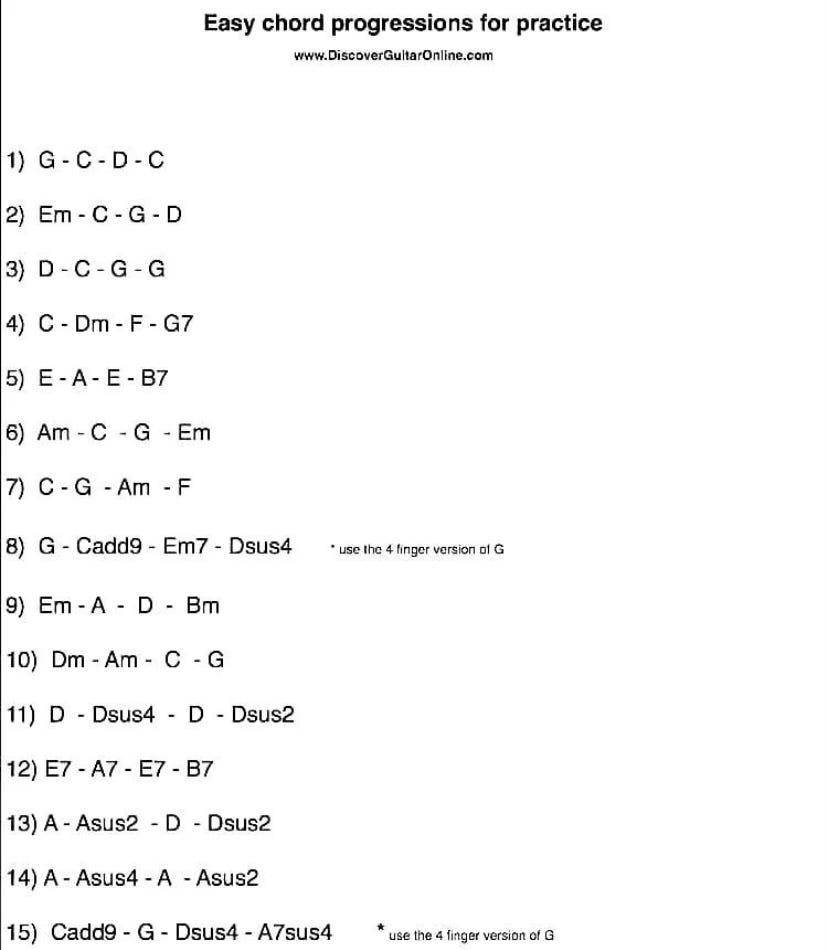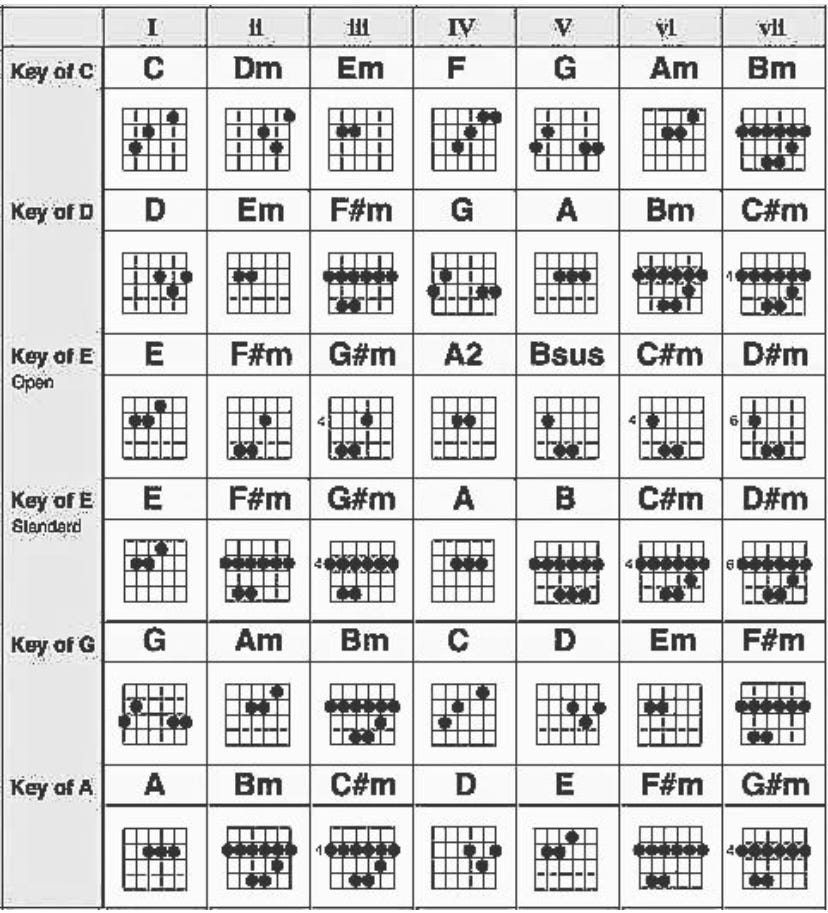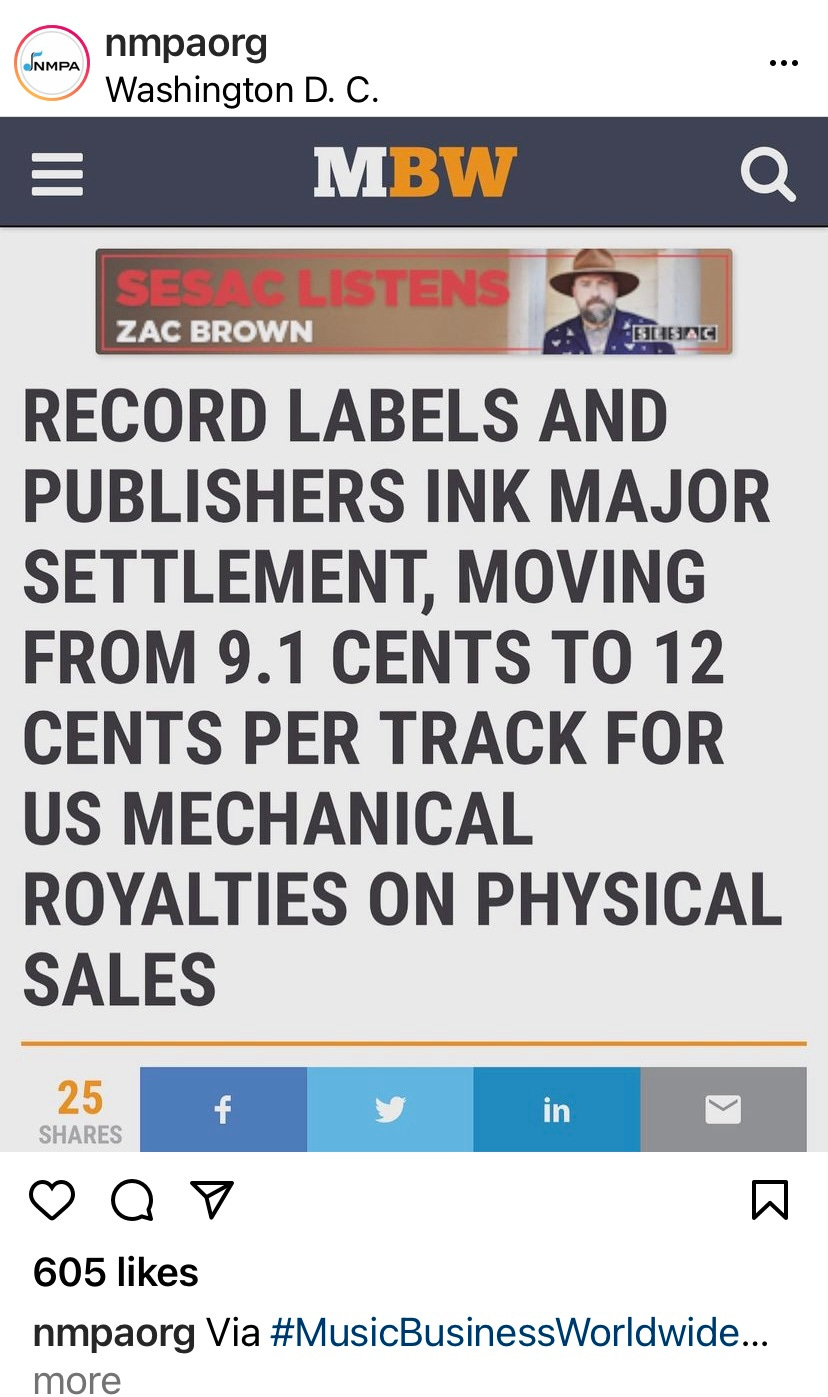Last Week’s Bonus Round: "Famous Blue Raincoat" is a song by Leonard Cohen. It is the sixth track on his third album, Songs of Love and Hate, released in 1971. The song is written in the form of a letter (many of the lines are written in amphibrachs). The lyric tells the story of a love triangle among the speaker, a woman named Jane, and the male addressee, who is identified only briefly as "my brother, my killer." Credit: Wikipedia
Interesting link in there to what an “amphibrach” is.
For today, this may be a little light on writing, but I’ll weight it with a potpourri of links and stuff that you may find interesting. The reason we’re a little light on writing is I’ve been reorganizing my studio (again) this week and I’m just about to the final cleanup stages. If you’re an independent artist (or considering becoming one), you may have either created or are contemplating creating a studio in your home. Mine’s in a now extra bedroom, and space is at a premium - hence regular reorganizations to make the space as efficient as possible.
If you already have a small (bedroom sized) room you’re using for recording, great! If you’re contemplating repurposing a room to a studio, be prepared to spend some money. At a minimum, think in terms of at least some acoustic treatment for walls and especially corners where the ceiling and walls meet. Acoustic “treatment” means some sort of acoustic foam panels or corner pieces. In small rooms the bass frequencies tend to “pool” in those corners. This pooling occurs in fractions of a second, but your recording equipment and software will “hear” it, and the result can be “low mids mud”, a sort of rumble at the lower side of the sound frequency spectrum, difficult to mix out, better to minimize before mixing, and that means acoustic treatment.
Cloth blankets, pillows, etc are generally suboptimal as acoustic treatment, but everyone tries it at least for awhile, so by all means give it a shot. Then, decide what your budget vs frustration levels can tolerate. Sorry.
I’ll talk a bit more about acoustically calibrating your room tomorrow, and some of it is free in the sense that decisions about optimally locating microphones and monitors and other equipment in the room space are choices. Acoustic reflectivity is influenced by lots of things, and everything in a small space is more difficult to adjust for versus the larger spaces you’ll see in a professional recording studio. They’re that way for a reason, actually many reasons, and each choice results in at least some level of acoustic complexity. Reducing or managing complexity versus the cost of reducing complexity is usually the basic choice.
Not everything comes with a monetary “expense” though. For instance, one of the things I encounter is traffic noise from the street outside my converted bedroom/studio. My solution: rehearse during high traffic times, record on Saturday or Sunday mornings or late in the evening when traffic is minimal. Less convenient, but a cheap way to minimize outside extraneous noise, at least until everyone starts mowing lawns or coming home from church or going shopping. Doesn’t avoid the cat meowing to come in though. Your mileage may vary.
Links:
Bonus Round: it all started in a living room…
The clue’s in the subtitle!!
See you tomorrow!!
Cheers, and keep playing!!
Michael Acoustic





